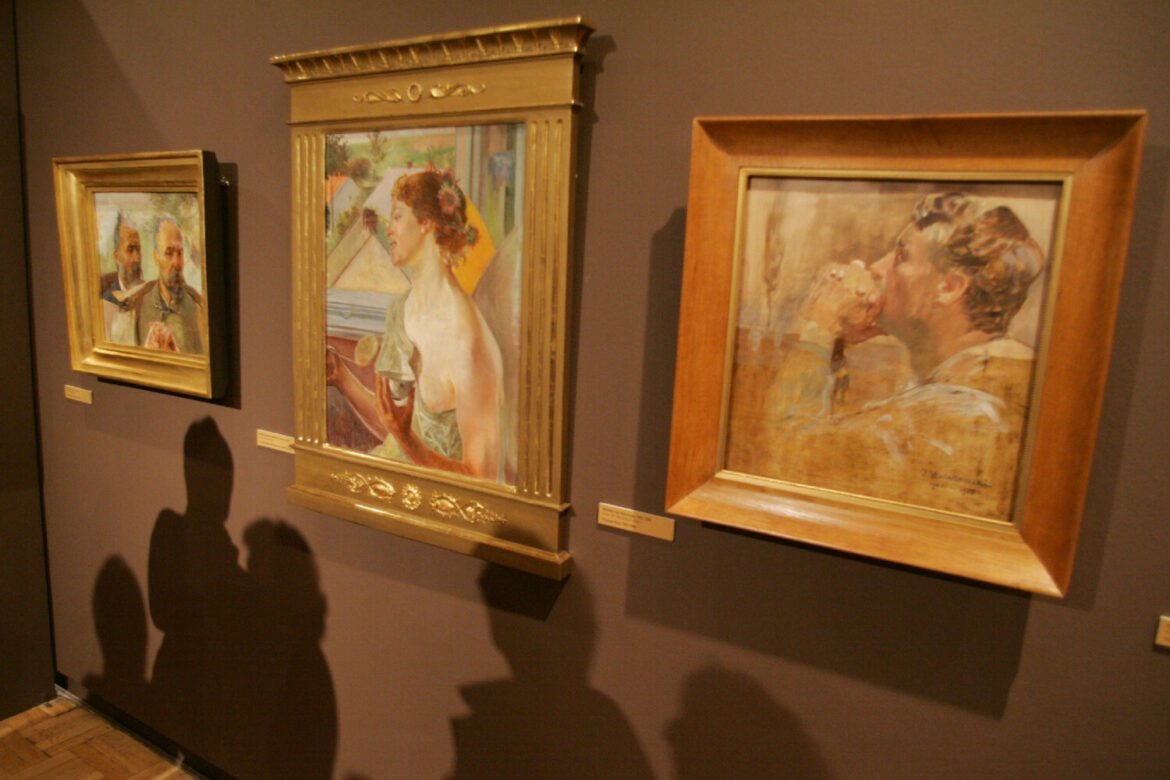When Poland was under partitions, “Jacks” and “Kossaks” began to appear in every rich, bourgeois hall. They were names of the highly acclaimed paintings by Jacek Malczewski (1854-1929) and Juliusz Kossak (1824-1899) – leading Polish 19th-century painters.
The demand for Polish art was noticed by Henryk Frist, a Jewish merchant from Krakow specializing in selling picture frames. He began to buy works of outstanding Polish painters and framed them in beautiful, decorative frames prepared by himself. Frist also came up with the idea to exhibit this art in a special room, which he called the “Salon of Polish Painters”. The gallery was located at Floriańska Street in Kraków.
Frist personally contacted outstanding artists and was passionate about their art. He even commissioned Piotr Stachniewicz to decorate the walls of his apartment with large, historic paintings.
Observing the great success that the postcards began to enjoy, the merchant commissioned Kossak to draw postcards from Krakow. It was then a great novelty in Poland. They first appeared in 1895. The series turned out to be a publishing success, and Frist became a pioneer in this field. Soon, other postcards with artistic, ethnographic topics and greetings appeared. All of them were characterized by a high level of graphics, which distinguished them from the poor quality of postcards offered by other Krakow merchants.
Frist excelled primarily in patriotic matters, which included him in the group of patriots devoted to the idea of maintaining Polish values, promoting Polish culture during the partitions time.
After regaining independence in 1918, his sons Juliusz and Józef inherited their father’s gallery. They decided to expand it, setting up their own graphic works called “Akropol”. They installed there the most modern printing machines in Poland. It was the time of the company’s greatest prosperity. It was wildly thanked for its beautifully prepared reproductions of paintings, catalogues, calendars, albums and postcards.
The beauty and artistic craftsmanship of those publications was noticed by Marshal Józef Piłsudski and General Józef Haller (1873-1960). Thanking the Frist brothers for the published publications, Piłsudski wrote: “My expressions of sincere appreciation and admiration for work in the field of serving the Homeland and Polish Art”.





